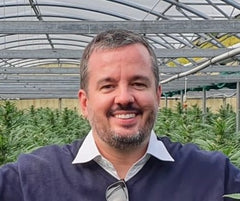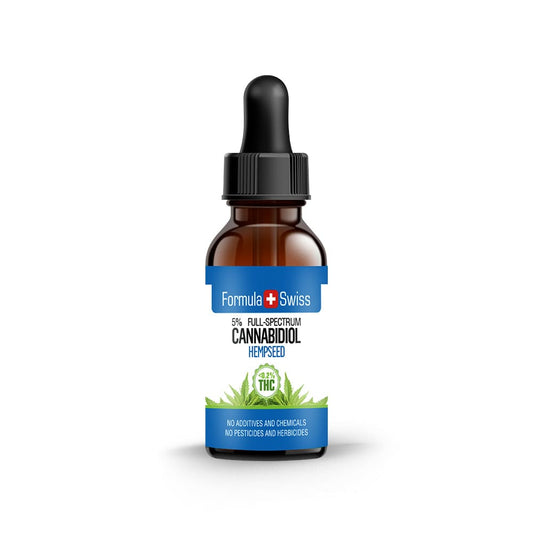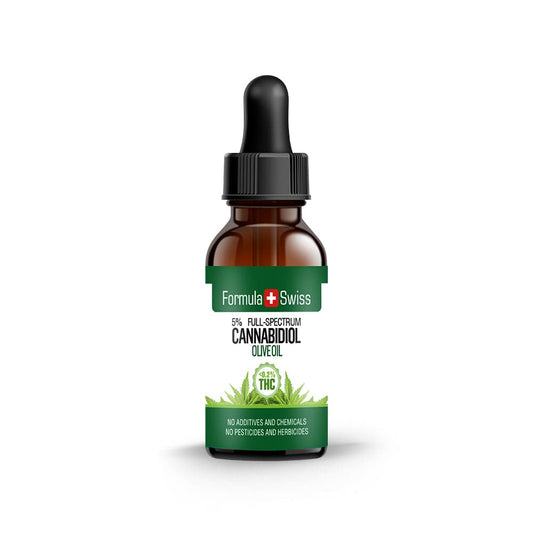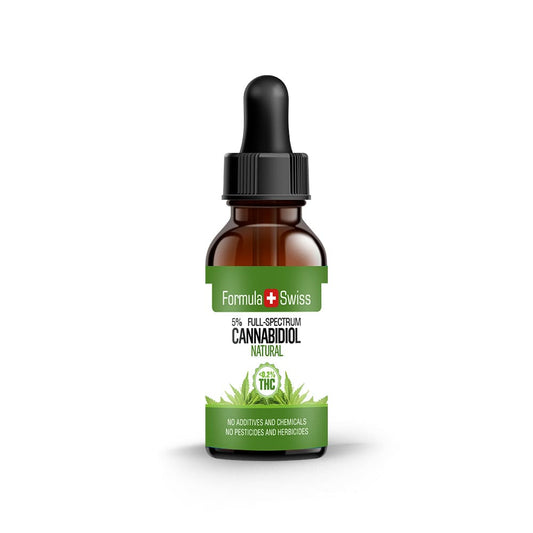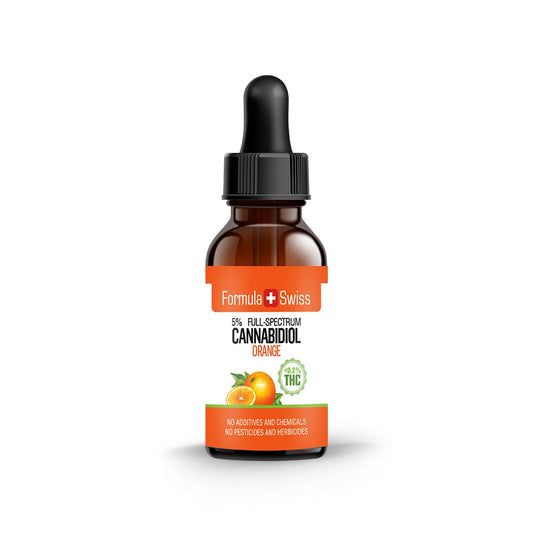ANSM Adds New Cannabinoids to the List of Narcotics
In a recent move, the French National Agency for the Safety of Medicines and Health Products (ANSM) has classified several new cannabinoids as narcotics due to the risks and potential for dependence associated with their use.
The decision, which will come into effect on June 3, 2024, includes cannabinoids such as H4-CBD, H2-CBD, and certain synthetic cannabinoids with a benzo[c]chromene chemical structure, like HHCPO, THCP, and THCA.
Details of the Decision
This decision follows reports from the Centres for Evaluation and Information on Pharmacodependence-Addictovigilance (CEIP-A) regarding severe effects experienced by individuals consuming these substances.
The listed cannabinoids mimic the psychoactive effects of THC, the primary psychoactive component of cannabis, but with more intense and potentially harmful consequences. The following substances have been added to the list:
- H4-CBD
- H2-CBD
- HHC (hexahydrocannabinol)
- HHCO (hexahydrocannabinol acetate)
- HHCP (hexahydrocannabiphorol)
- HHCPO (hexahydrocannabiphorol acetate)
- THCP (tetrahydrocannabiphorol)
- THCA (tetrahydrocannabinolic acid)
Risks Associated with Consumption
Consumption of these substances can lead to immediate and severe effects such as vomiting, loss of consciousness, coma, convulsions, paranoia, anxiety, hypertension, and tachycardia.
These substances often have a higher cannabinoid concentration than indicated on the packaging, posing further risks. The intensity of these effects is typically greater than those experienced with cannabis and can necessitate urgent medical intervention, particularly with synthetic cannabinoids.
Advice for Consumers and Healthcare Professionals
Consumers are advised to be cautious as the actual composition of these products may not match what is stated on their labels. In cases of severe complications, specific toxicological tests should be conducted as these cannabinoids are not detectable through standard urine screenings.
For those experiencing difficulty in controlling or stopping their use of these substances, consultation with a healthcare professional or a specialized addiction treatment facility is recommended.
Personal Perspective
I find this decision by the ANSM to be a crucial step in addressing the potential public health risks posed by these new cannabinoids. The stringent regulation of these substances is essential to safeguard individuals from their severe effects and potential for dependence. It underscores the importance of continuous monitoring and regulation of emerging substances in the market to protect public health.


